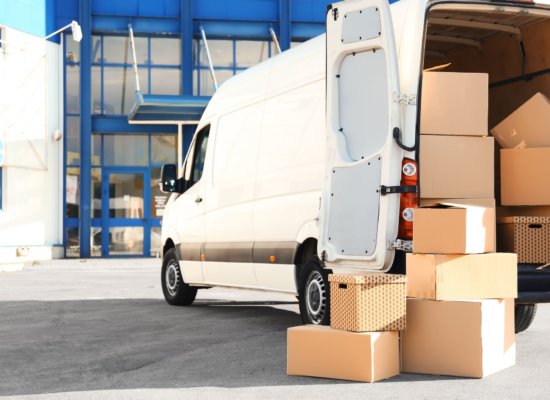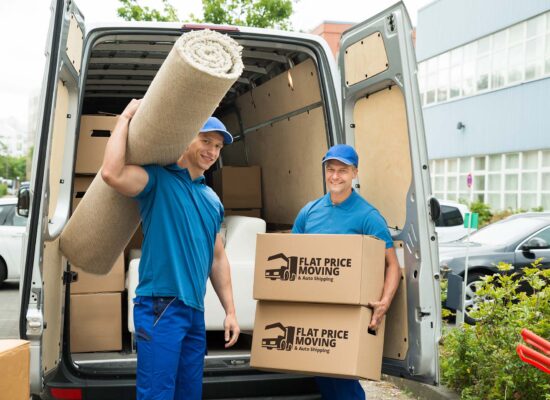How to Move a Garage – Your Moving Guide
When the time for relocation comes, you may well be forgiven for turning away from that one black hole space in your home. Still, with just a few tips on how to move a garage, that task can be done quite quickly, and you’ll have a lot more time to concentrate on more important matters as the big day approaches.

So, stay with us and learn all about packing up stuff from garages and preparing them for moving cross country to a new home, but also how to relocate the structure itself. Let’s begin with packing.
Turn the Packing Schedule Upside Down
Preparations for relocation should always begin with an interstate moving checklist. And, when getting organized to move, the natural first impulse might be to leave garages for the latest possible moment. And you can’t be blamed for it. After all, it’s undoubtedly a mess of epic proportions. Our recommendation – don’t do it. Instead, deal with it first. There are several reasons for that, but we would put forth two main ones.
The first is, in a way, a financial one. If you clear that space as a first step, you’ll have a much clearer picture of the price of the professional long-distance moving services since garages are usually stacked with forgotten stuff. The second one is logistical. After you dealt with THAT, everything else will seem like a walk in the park. As close to stress-free moving as possible.
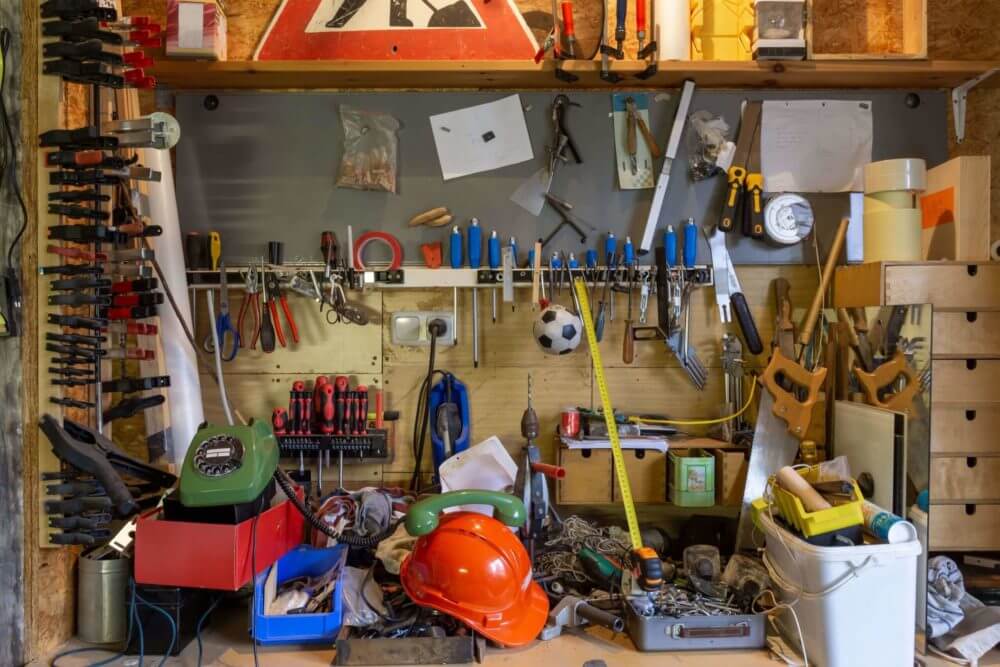
Deal With the Ever-Present Issue of Decluttering
Before you begin to pack up stuff, you should declutter. If you’ve ever moved before, you know it is important because of the relocation price, but also in regard to downsizing, especially if you’re moving from a small town to a big city. So, take a day (or two, more likely) to go through all the stuff and sort it out before hiring long distance moving company. Since, undoubtedly, mountains of objects built up over the years, many of those are of no use and shouldn’t travel to a new home. Take a look at this video to get a few ideas and useful decluttering tips.
How to Get the Most From Decluttering
There is also a chance to improve your budget. Count the discards in when you estimate the value of household goods. Then you can organize a yard sale and earn some much-needed cash if you have to move out of state on a budget. Some things, maybe old appliances, can be donated to charity. If you decide to donate unwanted items, make sure to keep receipts. Later along the road, they can become a basis for a tax deduction.
You should also know what not to pack when moving. Most state to state movers have internal regulations concerning toxic, explosive, flammable, and other hazardous materials. If you don’t wish to dispose of such things, the best option is to stash them in storage.
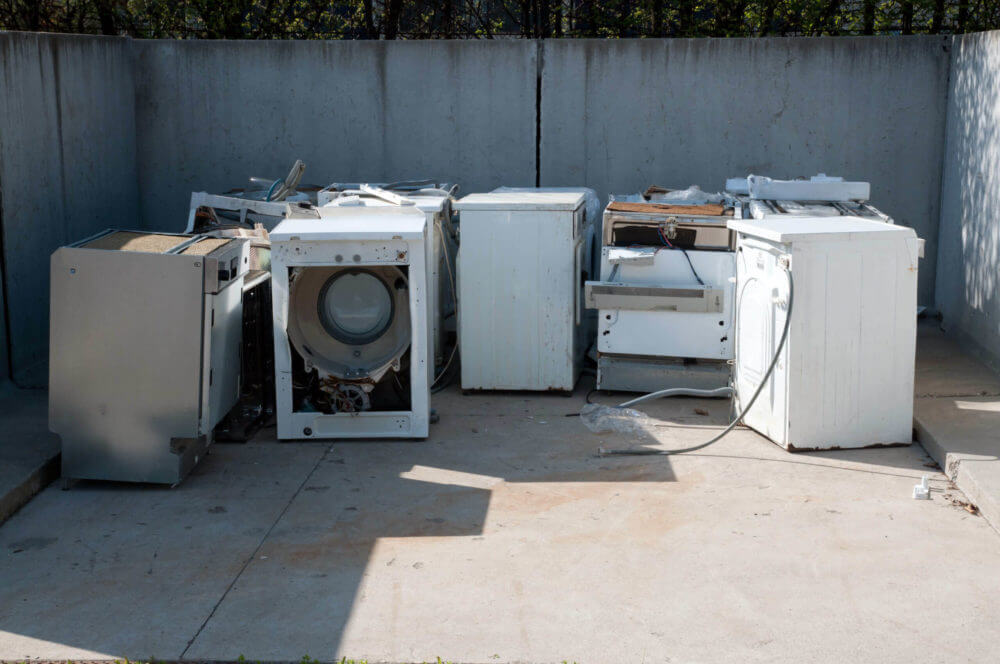
Step-by-Step Guide to Packing Stuff
Once the work on the clearing out is done, the work on packing can begin. If you decide against paying for professional packing services, you can do it yourself with simple but effective moving hacks.
Step 1. Wondering How to Move a Garage? Get the Right Packing Materials, for Starters
When gathering packing materials, you have to take a slightly different approach than for the rest of the house. There’ll be boxes, and tape, and bubble wrap, but you have to take into account that the garage’s stuffed with large and oddly shaped objects. So, larger boxes are in order. It can’t hurt to have a plastic foil, too. With materials in place, the real work begins.
Step 2. Organize Things Into Categories and Start With Small Tools
Among the typical inhabitants of garages, small tools are most commonly used. That means that they should be adequately packed. So what are the tips on how to pack tools for moving? It’s quite simple, actually. Put all the pliers, wrenches, screwdrivers, hammers, and other hand-held tools in a toolbox. Higher quality toolboxes will have designated space for each piece, the others will not, but you should apply a good cushioning.
Just put inside crumbles of paper or anything else that will keep the tools in place and prevent them from tumbling around and possibly damaging each other. Also, that way, you’ll minimize the risk of loose tumbling tools toppling over the entire box and damaging something fragile. Also, you might wish to keep that toolbox close. In case you arrive at the new house before your belongings, you may fix any eventual glitch if you have a screwdriver and pliers at hand.
Step 3. Focus on Garden and Gardening Equipment
Next on the list are tools and equipment for garden and gardening. This is particularly important if you’re moving to the suburbs and wish that your yard be an exemplary one. Let’s begin with simple gardening tools.
- So, gather all brooms, hoes, spades, shovels, rakes, pitchforks, saws, all types of shears, and alike, and sort them in groups. The best method would be by size and shape. Tie what you can in bundles, and when the day comes for them to be moved, you can simply lean them on the cargo hold’s wall. For maximum protection of other things in the vicinity, wrap up sharp or pointed ends. That way, even if the bundle falls over, nearby boxes are safe from harm. The same should be done with saws. Hose can’t damage anything, but it should be protected against damage to itself.
- Next comes the equipment that makes the hours spent in the garden enjoyable. If possible, disassemble the garden table and chairs, bundle the legs, and put them up the side wall of the truck’s cargo hold, as well as the table plate. But we all know that the garden party isn’t much without a barbecue. Therefore, knowing how to prepare a grill for moving can prove essential in the quest to meet new neighbors. Make sure to remove the propane tank, charcoal (if there’s any inside), and also all additional parts.
- Then we move on to the probably the most complicated of them all – power tools. There’s no doubt you’ll need a lawn mower after you relocate. Also, it can’t hurt to have stuff like a leaf blower, snow blower, and even a chainsaw. To pack them properly, first empty their fuel tanks. Then you should remove all attachments and pack them separately. Machines themselves should go in their original packaging if at all possible.
Those are all items you can safely wrap up by yourself. You should leave the cross country movers with advanced stuff like a swimming pool, sprinkles, or hot tub. Or, at least, ask for their advice before they are moved.
Step 4. Dedicate Some Time on How to Prepare Vehicles for Transportation
Finally, a few words with a view of preparing vehicles for relocation. Most of us have cars in our garages, but some of us also have motorcycles, trailers, or even boats. In some instances, there aren’t many differences between how to move a motorcycle or a scooter and how to move a boat. Shipping companies’ regulations state that their tanks have to be empty and hulls thoroughly inspected for eventual pre-existing damages.
Cars are a bit different in that regard. If you’ve opted for shipping a car cross country, you can leave up to one-quarter of a tank of fuel inside. A car, too, needs to be checked for damages, and every dent should be written down and reported before putting your vehicle in the care of auto transport services. Have in mind that more than one auto transport company doesn’t allow for cars to be used as storage space, and they have to be emptied of all before loading onto a trailer.
Then there are the questions of the vehicle’s condition. Shipping cars with bad brakes, or bad axles, costs more than that of vehicles in mint condition. And one very important point – don’t make one of the most common moving mistakes by not buying an insurance policy.
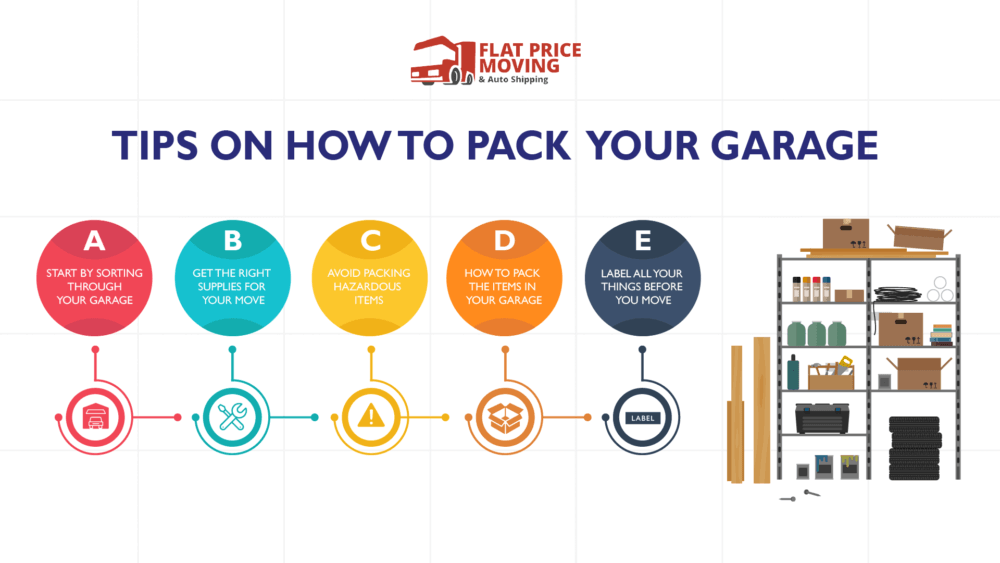
How to Move a Garage Over Short Distance – and We Literally Mean Moving It
Sometimes, the circumstances are such that packing up and relocating belongings stored in garages isn’t enough. Sometimes errors in parceling or building lead to the necessity of taking the whole garages to another location. Though it may seem unbelievable, there are some moving tips on how to do it efficiently.
- The first one is to remove the garage door since they are most likely to fall off during the move and create problems and damage.
- Next comes the building preparation part. Relocating garages is tricky, especially if they are old and worn out. So give it your best work to secure them from falling apart.
- Use metal posts to reinforce the construction, either triangular or straight. With posts in place, you can begin with getting the building off the ground, best with jacks.
There are several methods to move it once it is in the air. The best for longer moves is to just put a trailer beneath it and tow it with a truck. You can use a metal trailer, or build one from beams and wood. For shorter ones, try to make sort of rails. And for really short (and downward) ones, put long logs beneath and roll the structure along the way.
It goes without saying that all work in this regard should be done with utmost care and precision, which is to say that it would be best to hire cross country moving company to do the heavy lifting. Especially if you’re forced into last-minute moving. It takes time to build garages, but what’s built over a long period can fall apart in a second, if you’re not careful.
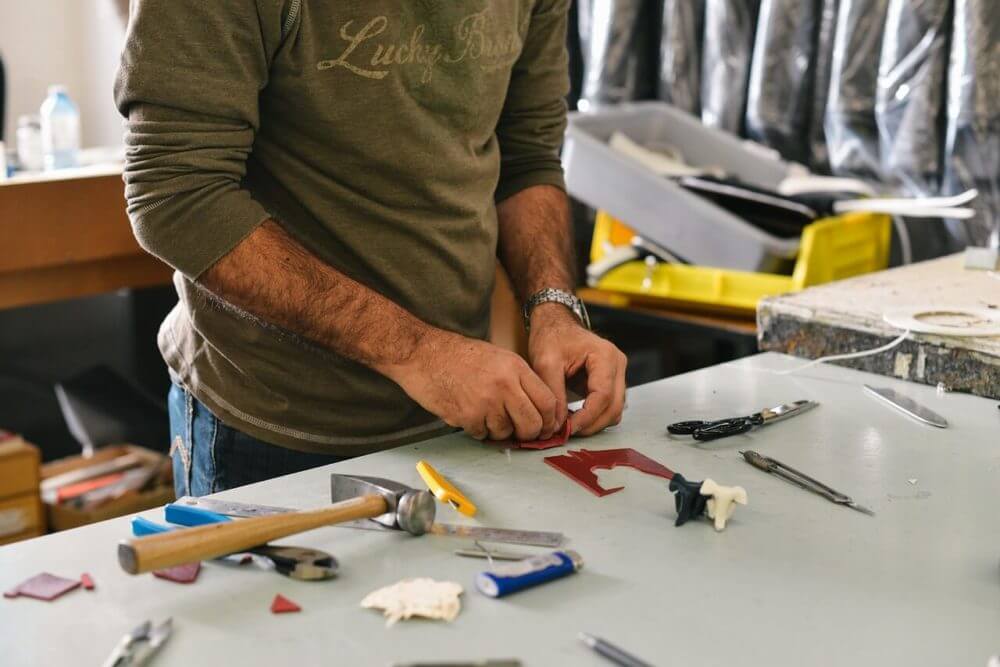
Now You Can Move Garages in DIY Mode
So there you have it. All tips on relocating garages inside and out. True, they are mostly filled with junk, but there are some things that will make settling in a new house much easier and more comfortable. All you need to do is put them to good use.
Anyway, before you begin the work, you should contact the professional long distance movers with a list of all questions to ask movers. Then you’ll have all cleared up, from packing advice to the knowledge of what you should dispose of because it falls under the list of items that movers won’t move. All in all, you’re all set for the move to the next chapter. And that’s what’s all about.
